I am trying to understand the concept of wavelets using the pywavelet library. My first step was to see how I could reconstruct a given input signal using the wavelet coefficients. Please see my code below:
db1 = pywt.Wavelet('db1')
cA6, cD6,cD5, cD4, cD3, cD2, cD1=pywt.wavedec(data, db1, level=6)
cA6cD_approx = pywt.upcoef('a',cA6,'db1',take=n, level=6) + pywt.upcoef('d',cD1,'db1',take=n, level=6)\
+pywt.upcoef('d',cD2,'db1',take=n, level=6) + pywt.upcoef('d',cD3,'db1',take=n, level=6) + \
pywt.upcoef('d',cD4,'db1',take=n, level=6) + pywt.upcoef('d',cD5,'db1',take=n, level=6) + \
pywt.upcoef('d',cD6,'db1',take=n, level=6)
plt.figure(figsize=(28,10))
p1, =plt.plot(t, cA6cD_approx,'r')
p2, =plt.plot(t, data, 'b')
plt.xlabel('Day')
plt.ylabel('Number of units sold')
plt.legend([p2,p1], ["original signal", "cA6+cD* reconstructed"])
plt.show()
This yielded the following plot:

Now, when I used the waverec() method, the signal reconstruction was quite accurate. Please see plot below:

Can someone please explain the difference between the two reconstruction methods?